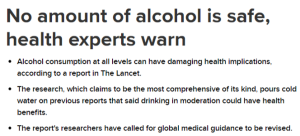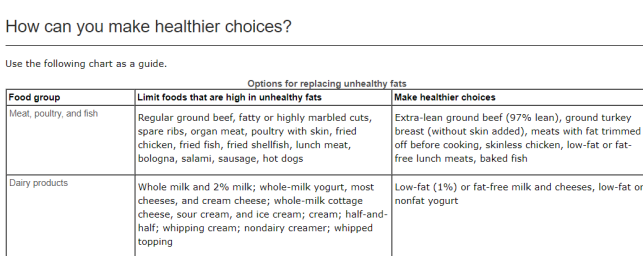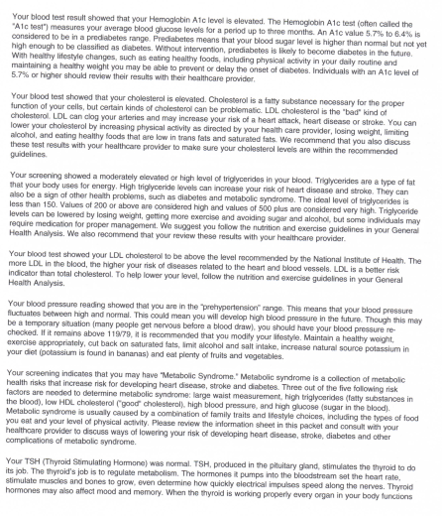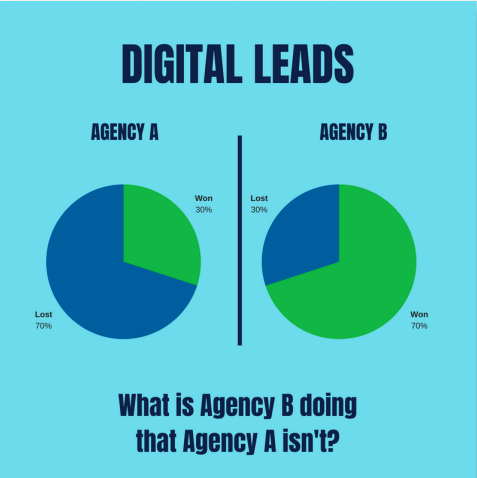Artificial intelligence is the new electricity. We hear it will fundamentally shift the balance of power between labor and capital, mostly by rendering labor obsolete. It will enable and empower transformative technologies that will rearrange the sociopolitical landscape and may lead to humanity’s transcendence (or extinction) within our lifetimes. As it changes the world, it will necessarily rewrite the rules of insurance. That’s the myth, and the nature of the headlines.
Interestingly, insurance is heavy on intellectual property (think of proprietary underwriting models), technology and data. And AI is hungry; hungry for data, of course, but also hungry for systems that can be automated and for proprietary classification problems that can be improved. That places insurance right in the appetite of artificial intelligence and its promise of transformation. If we want to act on artificial intelligence’s transformational potential, we need to understand what it actually is, separate the technologies from the hype and develop a practical understanding of what is required to implement AI-powered solutions in the insurance sector. This article will highlight these three steps and offers a realistic approach for carriers to take advantage of the opportunities.
Defining Artificial Intelligence
Unfortunately, our first step is also our hardest, as a working definition of artificial intelligence is difficult. The scope of the term AI is broad, and it requires careful consideration to avoid becoming hopelessly confounded with its own hype. It is also challenging to come to a clear definition of natural intelligence, which leaves us struggling for a definition of artificial intelligence because the latter is so often compared to the former.
AI tends to be discussed in two flavors. The first is general artificial intelligence (also, artificial general intelligence and strong AI). GAI is machinery capable of human-level cognition, including a general problem-solving capability that is potentially self-directed and broadly applicable to many kinds of problems. GAI references are accessible through fictional works, such as C-3PO in Star Wars or Disney’s eponymous WALL-E. The most important feature of GAI is that it does not currently exist, and there is
deep debate about its potential to ever exist.
The second is usually referred to as narrow AI. Narrow AI is task-specific and non-generalizable. Examples include facial recognition on Apple’s iPhone X and speech-to-text transliteration by Amazon’s Alexa. Narrow AI looks and feels a lot like software or, perhaps, predictive models. Narrow AI can be described as a class of modeling techniques that fall under the category of machine learning.
See also: Seriously? Artificial Intelligence?
What is machine learning? Imagine a set of input data; this data has one or more potential features of interest. Machine learning is a technique for mapping the features of input data to a useful output. It is characterized by statistical inference, as advanced techniques often underlie machine learning predictive models. Through statistical modeling, software can infer a likely output given a set of input features. The predictive accuracy of machine learning methods increase as their training data sets increase in size. As the machine ingests more data, it is said to learn from that data. Hence, machine learning.
Perhaps most important of all, machine learning (as an implementation of narrow AI) is real and here today; for the remainder of our discussion when we say "AI," we mean narrow AI or machine learning.
Beyond the Hype
The hype around AI and its potential is extensive.
Silicon Valley billionaires opine on the potential implications of the technology, including comparing its power to nuclear weapons. Articles endlessly debate if and how quickly AI will structurally unemploy vast swaths of white collar workers.
MIT’s Technology Review provides a nice summary of the literature, stating that up to half of all jobs worldwide could be eliminated in the next few decades.
AI may well have this kind of impact. And the social, political and economic implications of that impact, especially around questions of potential large-scale unemployment, deserve careful long-term consideration. However, executives and business owners need to evaluate technology investments today to improve their current competitive position. From that perspective, we find it more practical to focus on examining which existing tasks could be automated by AI today.
Enter Pigeons
In 2012, researchers trained pigeons to recognize people based only on their faces as part of a
study on cognition. Suppose you had millions of face-recognizing pigeons; this force of labor could be deployed in a comprehensive facial recognition system -- a system remarkably similar in function to the facial recognition AI of devices like modern smart phones. It turns out pigeons have also been trained to
recognize voices,
spot cancers on X-rays and
count, among a host of other tasks related to headline-grabbing AI achievements.
The metaphor is admittedly silly. Instead of pigeons, imagine an army of virtual robots capable of classifying information from the real world to produce a machine-readable data set. In machine learning language, these robots take unstructured data and make it structured. Said robots resemble the automation machinery of a factory; like spot welders tirelessly joining steel members to form automobile frames, our virtual robots tirelessly recognize if a face is featured in a photograph. In contemplating the question, what could be automated with AI, a useful starting place is the army of robots (or pigeons!). For example:
- What existing analyses could be improved or optimized? Could pricing or underwriting be improved using better classifiers or non-linear modeling approaches?
- What data currently exist at the firm that could be made available for new types of analysis? Claims adjusters’ notes can be processed by natural language algorithms and cross-referenced with photos of physical damage or prior inspections.
- What data would you analyze if it could be made available? What if you could listen to all the policyholder calls received by your customer service department and annotate which questions stumped the customer service representatives? Or which responses lead to irritation in the policyholders’ voices?
Bringing AI to Insurance
What is an insurer to do? Start by not fretting. We propose two considerations to facilitate a sleep-at-night perspective. First, insurers are already good at AI or its precursor technologies. The applicability of AI in the present and near future is entirely based on narrow AI technologies. For example, natural language processing and image recognition are both machine learning implementations with working business applications right now. Both use predictive models to achieve results. The software may be artificial neural networks trained on vast data sets, but they are nonetheless conceptually compatible with things insurance carriers have used for years, like actuarial pricing models. The point is that the application of AI is an incremental step forward in the types of models and data already applied in the business.
Second, sorting through the hype requires a staple of good business decision making: the risk-cost-benefit analysis. Determining which technologies are worth investment is within scope for decision makers that otherwise know how to make selective investments in growing the capabilities of their firm. The problems faced by a carrier are much bigger than sorting out AI if management lacks the basic skillset for making business investments.
Providing an inventory of every application of AI is beyond the scope of this article. DeepIndex provides a list of 405 at deepindex.org, from playing the Atari 2600 to spotting forged artworks. Instead, suppose that AI, like electricity, will be broadly applicable across industries and functions, including the components of the insurance value chain from distribution to pricing and underwriting to claims. The goal is to identify and implement the AI-empowered solutions that will further a competitive advantage. Our view is that carriers’ success with AI requires three key ingredients: data, infrastructure and talent.
 Data:
Data: AI might be considered the key that unlocks the door of big data. Many of the modeling techniques that fall under the AI umbrella are classification algorithms that are data hungry. Unlocking the power of these methods requires sufficient volume of training data. Data takes several forms. First, there are third party data sources that are considered external to the insurance industry. Aerial imagery (and the processing thereof) to determine building characteristics or estimate post-catastrophe claims potential are easy examples. Same with the vast quantities of behavioral data built on the interactions of users with digital platforms like social media and web search. Closer to home, insurance has long been an industry of data, and carriers are presumed to have meaningful datasets in claims, applications and marketing, among others.
Infrastructure: Accessing the data to feed the AI requires a working infrastructure. How successfully can you ingest external data sources? How disparate and unstructured can those sources be? Cloud computing is not necessarily a prerequisite to successful AI, but access to vast, scalable infrastructure is enabling. Are your information systems equipped, including security vetting, to do modeling in the cloud? Can you extract your internal data into forms that are ready to be processed using advanced modeling techniques? Or are you running siloed legacy systems that prevent using your proprietary data in novel ways?
Talent: Add data science to the list of AI-related buzzwords. We claimed earlier that many of the advancements attributed to narrow AI are predictive models conceptually like modeling techniques already used in the insurance industry. However, the fact that your pricing actuary conceptually appreciates an artificial neural net built for fraud detection using behavioral data does not mean you have the in-house expertise to build such a model. Investments in recruiting, training and retaining the right talent will provide two clear benefits. The first benefit is being better equipped to do the risk-cost-benefit analysis of which data and methods to explore. The second is having the ability to test and, ultimately, implement.
See also: 4 Ways Connectivity Is Revolutionary
In Aon’s 2017 Global Insurance Market Outlook we explored the idea of the third wave of innovation as propounded by Steve Case, founder of AOL, in his book, “The Third Wave: An Entrepreneur’s Vision of the Future.” The upshot of the third wave for insurers was that partnership with technology innovators, rather than disruption by them, would be the norm. This approach applies now more than ever as technological innovators continue to unlock the potential of AI. If you don’t have the data, or the infrastructure, or the talent to bring the newest technologies to bear, you can partner with someone that does. Artificial intelligence is real. While the definitions are somewhat vague - is it software, predictive models, neural nets or machine learning - and the hype can be difficult to look past, the impacts are already being felt in the form of chatbots, image processing and behavioral prediction algorithms, among many others. The carriers that can best take advantage of the opportunities will be those that have a pragmatic ability to evaluate tangible AI solutions that are incremental to existing parts of their value chain.
“If you don’t have an AI strategy, you are going to die in the world that’s coming.” Devin Wenig CEO, eBay
Maybe true, but that does not make it daunting. The core of insurance is this: Hire the right people, give them the infrastructure they need to evaluate risk better than the competition and curate the necessary data to feed the classification models they build. AI hasn’t, and won’t, change that.































